
Hello friends. In the days when people didn’t yet know the world was round, they thought the world was flat and the end of the world was actually distant shores. I’m going to tell you about a visit I made to such a distant shore. This is the city of La Coruña in Spain, in the Galicia region and today I want to share my memories of this interesting city with you.
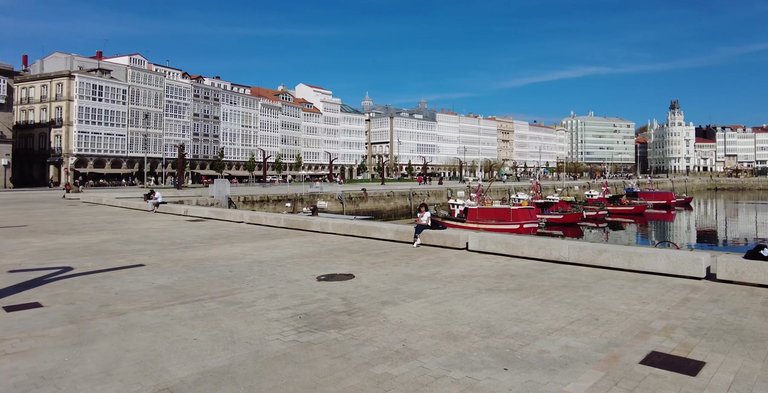

We started our tour from the coast. Here there are quite interesting architectural structures because there are buildings known as galleries. These buildings have glass panels on their facades. Nowadays every modern building has this kind of glass façade and it no longer surprises anyone, but at that time, it was quite surprising and many people criticized this solution. However, over time this style became a symbol of La Coruña. I must say that the atmosphere here is unlike anywhere else.





By the way you might wonder why the city’s name is La Coruña. Actually this name comes from Spanish, but this is Galicia, where Galician is spoken. Galician is a language very similar to Portuguese. In this language the city’s name is A Coruña. Galicia borders Portugal and the culture here is quite similar to Northern Portugal. As for the origin of the city’s name, there are many different theories. These include meanings like crown or horn. The historical part of the city is located on a peninsula and this peninsula was referred to as Oka Runi in an ancient language. There is also a theory that it comes from a Celtic name, though I don’t remember its exact meaning in Celtic. However, the Celts definitely lived here. The name Galicia also comes from the Celtic tribe Kalekia. This tribe came from the British Isles and lived here until the Romans arrived.



La Coruña is a port city and a large part of the city’s income is still derived from the port. Of course, like any respectable port, it needed protection and in the 16th century the Saint Anthony’s Castle was built here. This castle was originally built as a fortress to protect the city from attacks. Even before the castle was completed external attackers came, but the castle was able to defend the city. Later the castle lost its importance as a defensive structure and was used as a prison. Until 1960 Saint Anthony’s Castle served as a prison.

An interesting building has an unusually shaped structure across from it. It looks like two cubes placed on top of a tuning fork. This structure is used as a water rescue coordination center or coast guard center. Many people have been rescued here because the waters are quite dangerous. Firstly this is the Atlantic Ocean and there are many underwater rocks here. It’s said that over a thousand ships have sunk in these waters. Recently there have been two major technological disasters here. Tankers have collided with rocks several times, causing oil spills and even local beaches have been polluted. Some sources claim that La Coruña has the longest coastline in Europe. The coastline is indeed long, connecting all the beaches around the historic center. Walking here is quite enjoyable because the coastline consists of very different sections. In some places there are different types of street lamps and some parts of the beach open directly to the ocean. It’s truly an impressive view. Also I was surprised by how clean the water is here because, despite being a port the water looks quite clear.
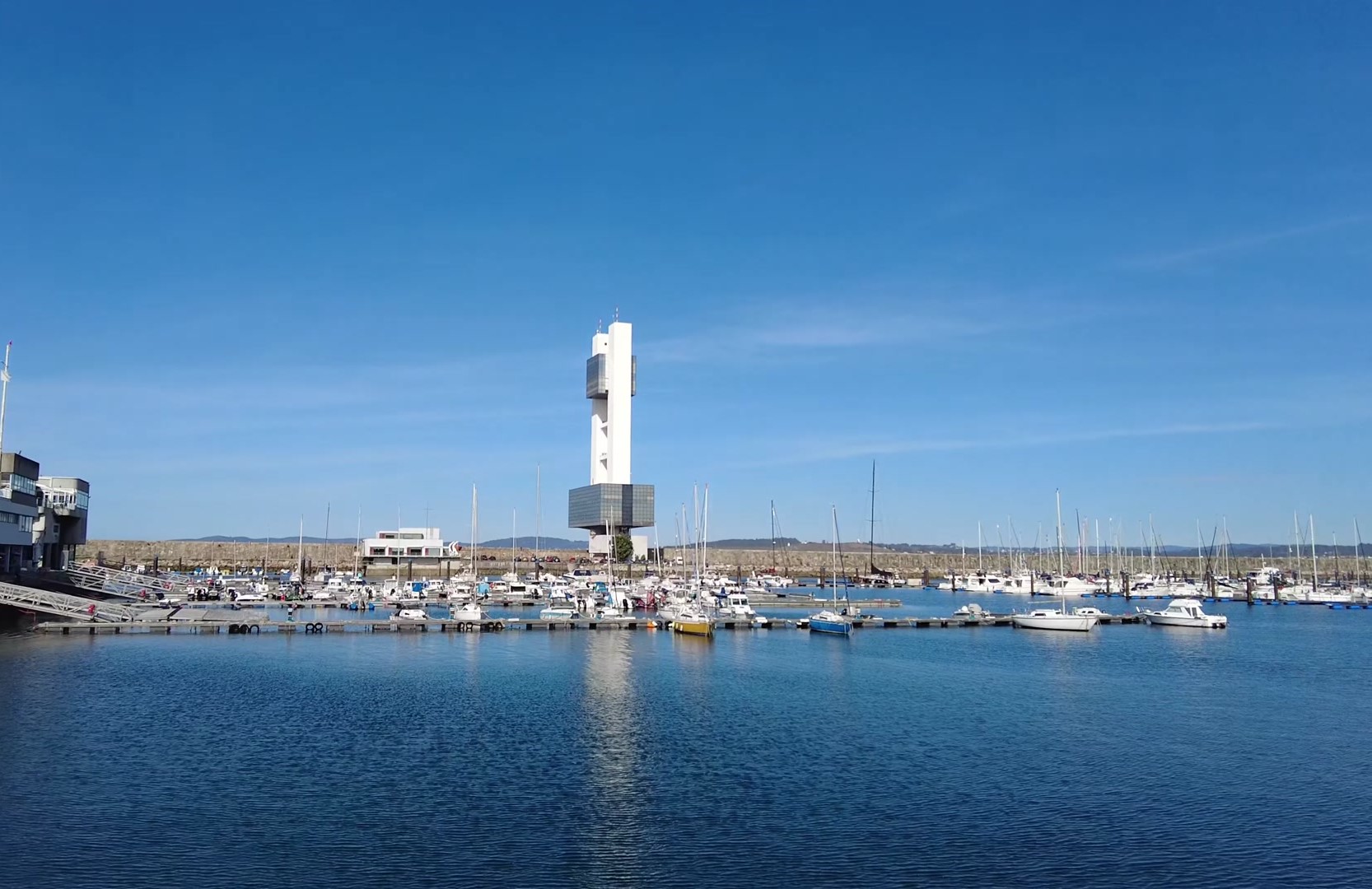

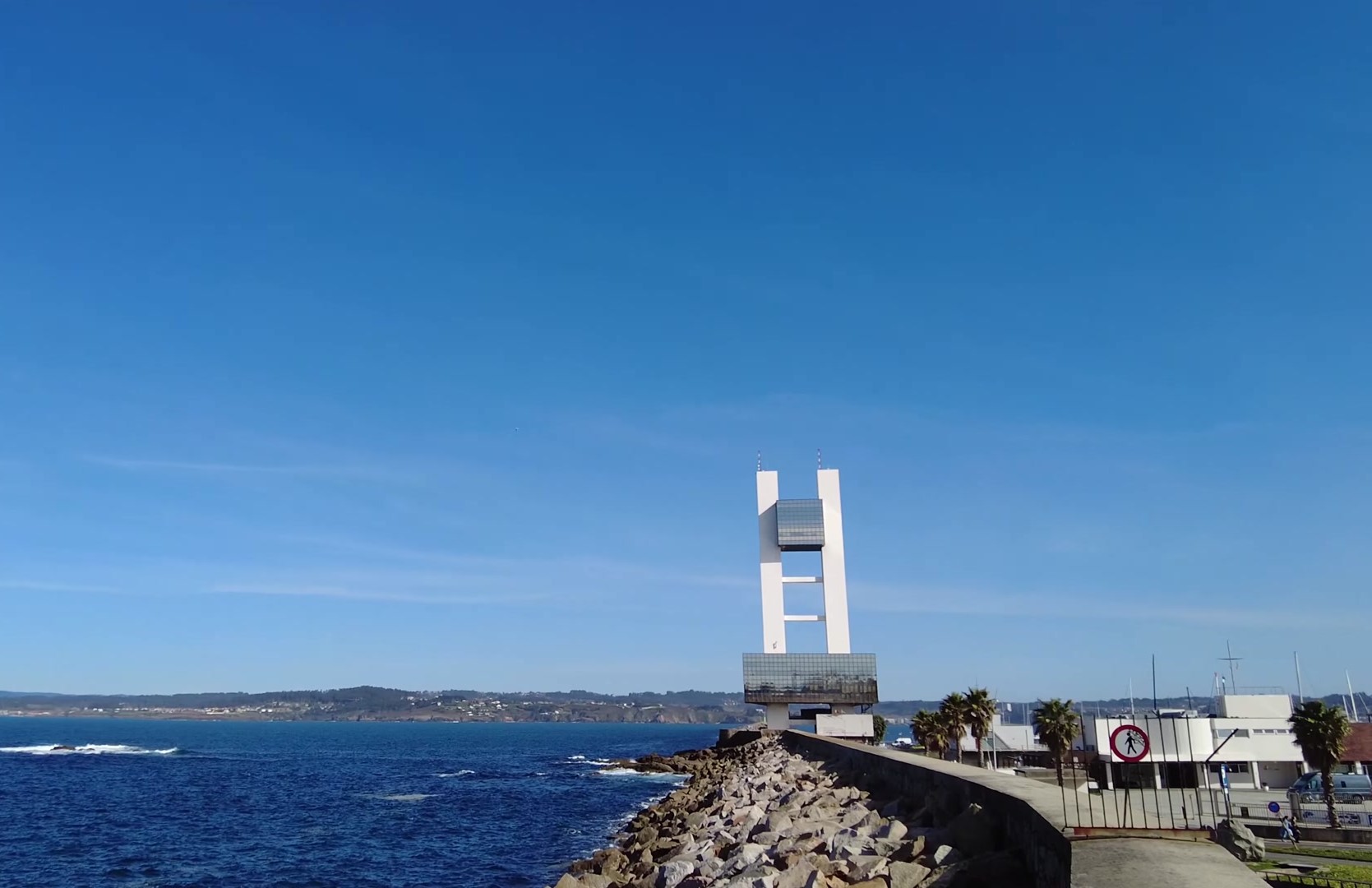

At the tip of this peninsula there is a green area called the Field of the Rat. Horrific events took place here. In 1936 an uprising against Franco's regime occurred. This uprising was brutally suppressed, the rebels were captured and they were executed right at this spot for nearly a year. Two monuments were erected here: one is a megalithic structure adorned with inscriptions of verses by Federico Garcia Lorca, the famous Spanish poet in memory of the rebels. The other is a small megalithic park with paint stains symbolizing the blood of the executed rebels. This monument was erected in 2003 and dedicated to the victims of the executions. The holes in the monument symbolize seeing the past and the future: one side shows the rising sun, while the other side reveals the Hercules Tower.









And now we’ve arrived at La Coruña’s main symbol the Hercules Tower. This is the world’s oldest active lighthouse, over two thousand years old. The tower gets its name from a legend that Hercules defeated a giant here. According to the legend, the tower was built on the giant’s bones. The tower is a 56-meter-tall prism with all the equipment of the lighthouse at the top. Unfortunately, as usual we didn’t go up this time due to restrictions. This tower is also featured in the coat of arms of La Coruña; around the tower, there are scallop shells because this is the Atlantic Ocean and these shells are abundant here. By the way I saw a few ships entering the harbor and I guess they were returning from a scallop harvest. At the bottom of the coat of arms, there is a skull with crossed bones, which is seen as a symbol of the fallen giant, not a connection to a pirate past.




This city has an atmosphere unlike other European cities. The views remind me of Scotland. The Galician bagpipe sound here increases the similarity to Scotland even more. Galicia has its own bagpipes, though I’m not sure where they come from. Are they from the Scots or the Celts? The Celts came here from the British Isles and stayed for a while. This is quite interesting.

Afterwards we went to explore the town. There we definitely found many interesting pieces of information and stories.








We arrived at the main square of La Coruña. This main square of the Spanish city is named after María Pita. María Pita is a heroic woman in whose honor a monument has been erected. At the end of the 16th century, when the the city was attacked this brave woman led the defense and killed an officer with her spear. The dead person next to her was her husband, who died bravely in battle. She called upon the people of La Coruña to defend themselves in place of her husband and encouraged them, which demoralized the attackers and led them to retreat.


The large building in this square is the La Coruña City Hall. On the left there is the Church of Saint George with its interesting architecture. Although the square itself is not called Plaza Mayor, the architectural style is quite similar: buildings arranged geometrically and surrounded by arcades.

A little further on we came across the Church of Saint Mary. This church was built in the 14th and early 15th centuries and was outside the city walls at that time, which is why it was called the Church in the Field. Built for sailors this church was used for their protection and to pray for the safe passage of their journeys. This church is built in the Romanesque style and some tourists might confuse it with the Church of Saint James. However, the Church of Saint James is the oldest Christian structure in La Coruña and I’ll talk about it in my later posts.




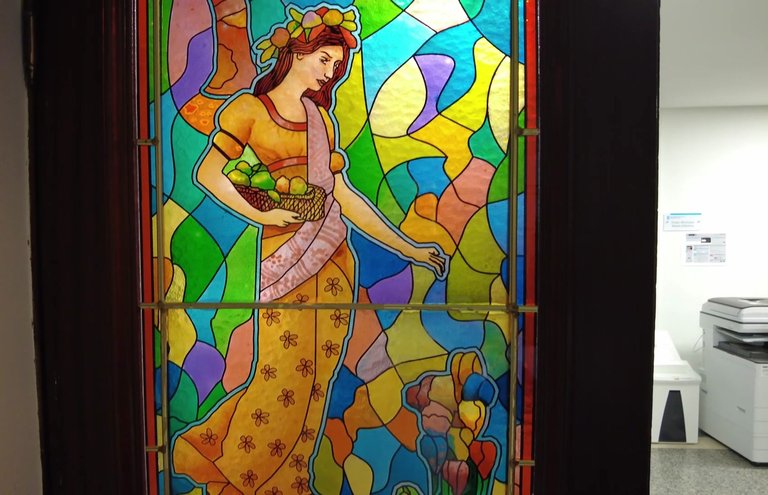





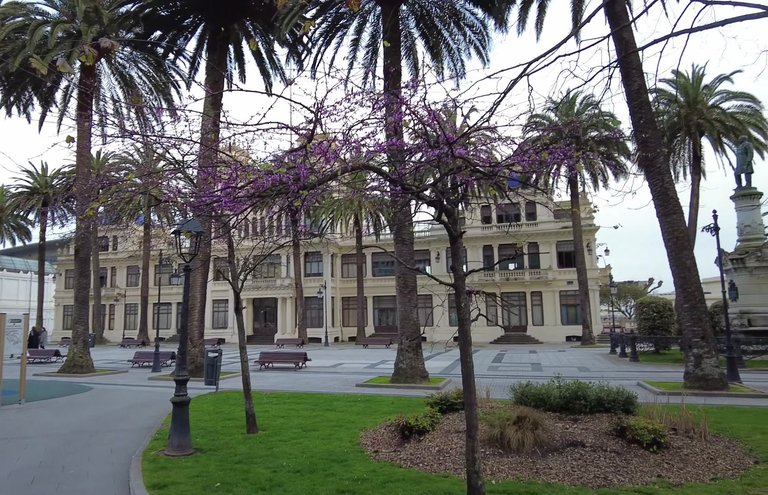



Around La Coruña there are many gallery houses, marinas and areas for water sports. This region is also quite rich in seafood. Therefore you should definitely try seafood when you visit.


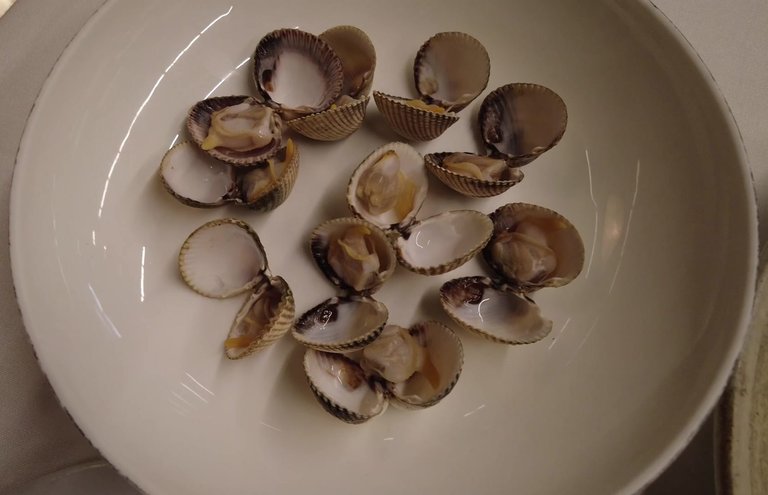


I especially recommend trying local delicacies like sea snails, calamari and Galician-style octopus. After the meal, we continued exploring other historical and cultural sites in La Coruña.


